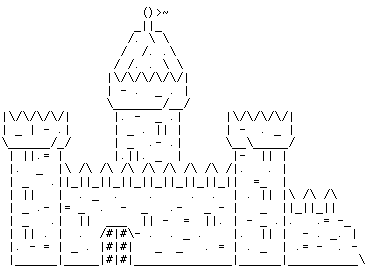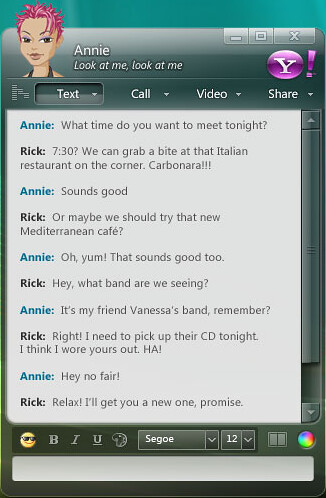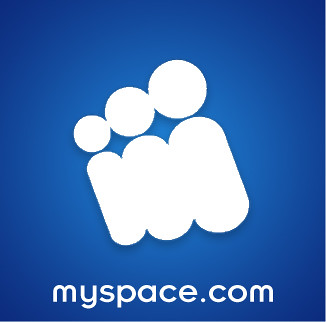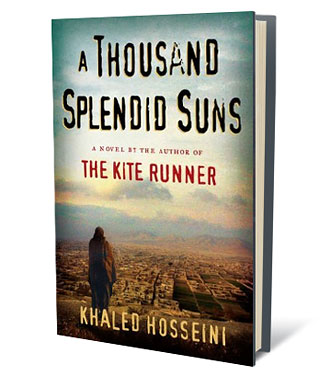Now that I know more about how wikis work, I think that they can be a wonderful tool in the right hands when used for the right reasons. Wikis can be used on a small scale to coordinate and share information between small groups. They can also be used to share information to the world at large. On the larger scale, it is up to the contributors and the moderators to make sure that it stays current, relevant, and reliable.
Wikis are fairly easy to use. The edit features are similar to many email, blogging, and word processing softwares. If you log in, you can save a draft of what you are working on so that you don't have to work on a document from start to finish (something I didn't realize right away). I wish there was a back or undo button. Maybe I am missing it.
On a side note, I'd like to know copyright procedures for pictures found on the web. If you add an image to your wiki by linking to the originating page, do you have to ask permission?
I think the
24/7 page could use a little more graphics and color. I think people are used to scanning for images more than words. Think about how easily you can find a brand name item in a grocery store. You are scanning for the label you identify for that item. Too many words on a page can be intimidating and overwhelming. The idea is to make the page user friendly for those seeking information.
Today's society are great at scanning. But the eyes sometimes miss what they are searching for in word lists when they are longer than 7 lines. Breaking up the
long lists by grouping them into smaller subtopics would make sense to me. If you make sure every subfolder has a back button, then you're good to go. People love to click that mouse button. Maybe it gives them a sense of control over their web environment.
I find that younger people expect immediacy for information. That is what makes Wikipedia so appealing to them. If it takes longer than five minutes to figure out where to navigate on a page, many give up and move on to a more appealing and user friendly medium, even if the new source isn't as reliable. Sigh.

As for Wikipedia, I find it an excellent place to start looking for information. It provides a general overview on a topic, a basic vocabulary to use for key words, and links to further sources.
For academic research, I treat Wikipedia like a tertiary source. Because anyone can add to and edit Wikipedia, it can't always be reliable. Sometime when people put things in their own words, they get their facts a little bit wrong. You need to trace the resources used to make an entry to their primary source. If no information is provided to do this, you need to look elsewhere fast. That's why I see it as a starting point for research and not an end point. An end point would be a primary source when possible or a reliable secondary source.
Of course, if you aren't doing academic research, Wikipedia is a free and easy way to get a quick answer. I've rarely had a wrong answer when using Wikipedia this way. Also, if you are looking for cutting edge new information and popular media information, Wikipedia sometimes beats traditional sources.
For instance, look up
Joss Whedon in Wikipedia. It provides tons of information on Joss Whedon, including the new TV show
Dollhouse he's currently filming that will air in 2009. Josh isn't listed in the Encyclopedia Britannica or CultureGrams. He is in Literature Resource Center, but the most recent update on that entry was 09/12/2006 . Wikipedia was last modified 6/19/2008 - today.
Should college students be encouraged to use Wikipedia as a research tool?As the only tool, no. As one of many tools, yes. Let's use my example from before. If a student was doing a paper on Joss Whedon, I would suggest using the Literature Resource Center for the main data. For information more current, I would tell the student to follow the links on Wikipedia about his most recent work to their primary sources. For instance, the source for the tip on Dollhouse on the Joss Whedon page was from USA Today. The wiki page on Dollhouse has 25 References. Wow.
For general use of Wikipedia, I would tell the students to check the References listed for a Wikipedia entry. If no or few references are provided, they shouldn't trust it.
Schools are starting to teach students how to evaluate a source found online. This education should include training on how to evaluate an entry in Wikipedia. "Just say no" doesn't work. Students may feel that a teacher or librarian either doesn't understand or is afraid of this new resource. In my mind, explaining how to weed the bad from the good is what people need to use modern technological resources effectively.
 My book club will be discussing Anna Karenina by Tolstoy next month.
My book club will be discussing Anna Karenina by Tolstoy next month.


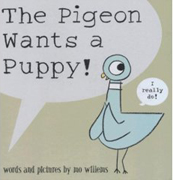











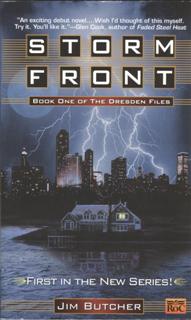

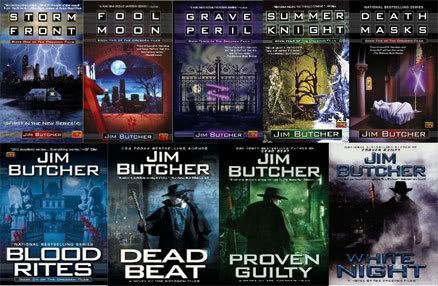

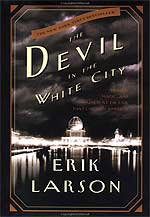

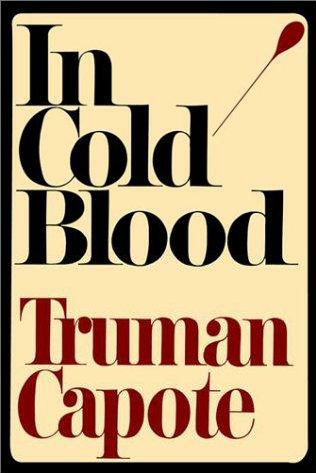









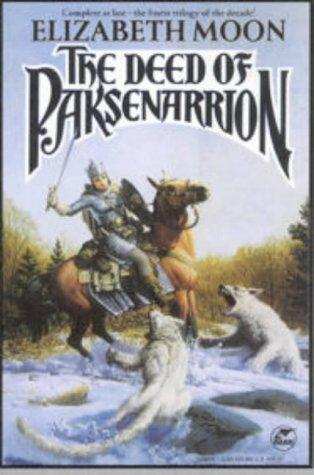
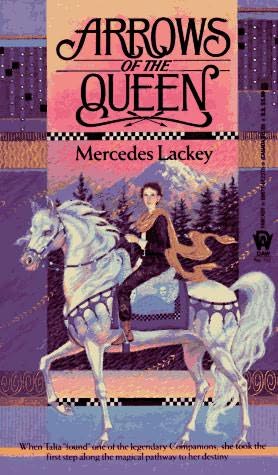
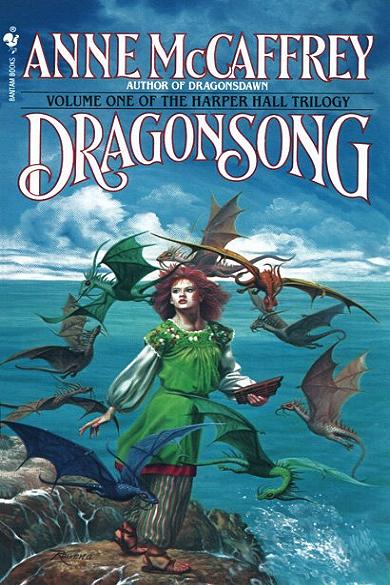

.jpg)

